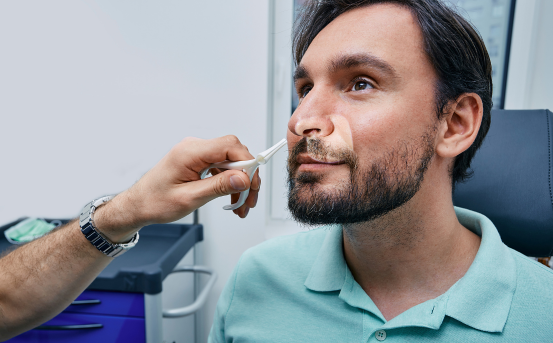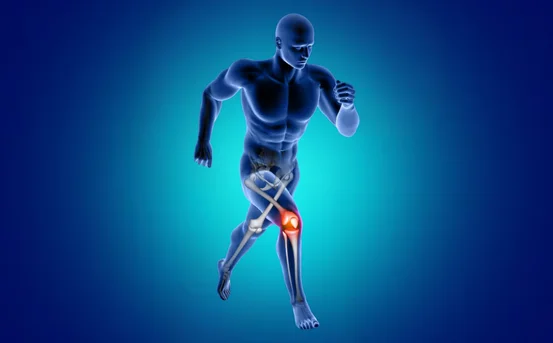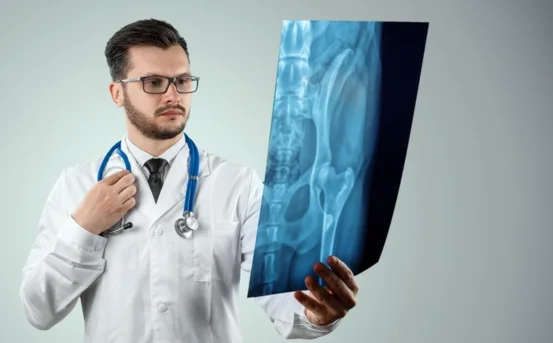Balloon Sinuplasty Surgery has revolutionized the treatment of chronic sinusitis, and other sinus problems. Balloon sinuplasty, unlike traditional sinus surgery is minimally-invasive and doesn’t involve bone or tissue removal. Before this procedure can be recommended, a proper diagnosis must first be made.
However, balloon sinuplasty is not a one-size-fits-all solution. It’s important to go through a thorough diagnostic process to determine if you’re a suitable candidate. ENT (ear, nose, and throat) specialists use a combination of medical history, physical examinations, imaging tests, and sometimes allergy assessments to confirm the diagnosis and decide the best treatment approach.
Understanding Balloon Sinuplasty Surgery
A modern surgical procedure called balloon sinuplasty can be used to treat sinusitis, whether chronic or recurrent, that doesn’t respond to medication or other conservative treatment options. The procedure involves inserting a flexible, small balloon catheter into the nasal passages. This balloon, when inflated, gently restructures the sinus openings to allow for drainage and ventilation.
The procedure is less invasive and can be performed as an outpatient, resulting in a faster recovery time, minimal discomfort or bleeding.
Who needs balloon sinuplasty surgery?
It’s important to understand who is typically a candidate for balloon sinuplasty before diving into the diagnosis process. Patients who are suffering from :-
-
Chronic sinusitis lasting longer than 12 weeks
-
Recurrent acute Sinusitis (multiple sinusitis per year)
-
Pain and pressure in the Sinus
-
Nasal congestion and discharge
-
Headaches due to sinus blockage
-
Post nasal drip and facial tenderness
-
Sinus inflammation causes loss of taste or smell
If other medications, such as nasal corticosteroids or antibiotics, have not provided long-term relief for your condition, you may consider balloon sinuplasty.
Diagnosis of Balloon Sinuplasty
Comprehensive Medical History Review
A detailed medical history is the first step in diagnosing a patient. Your ENT specialist (ear, nose, and throat) will ask you about :-
-
How long do sinus symptoms last?
-
The number of sinus infections each year
-
Reaction to medication or previous treatment
-
Allergies or nasal polyps
-
Histological history of asthma or other respiratory problems
This helps your doctor to determine if you have chronic sinusitis or recurrent sinusitis.
Physical Examination
The next step is a thorough examination of the nose and sinuses. The ENT doctor :-
-
In the nasal cavity, look for swelling, redness or other signs of inflammation
-
Check for structural problems like a deviated nasal septum or polyps.
-
Use specialized tools to measure nasal airflow
The doctor can perform this examination in the clinic to detect any visible signs of infection or obstruction.
Nasal Endoscopy
Your doctor may use a endoscopy of the nasal passages to get a better view. This involves :-
-
Inserting an endoscope (a flexible, thin tube with a built-in camera) in your nose
-
Real-time visualization of the sinus openings and mucosal lining as well as drainage pathways
-
Identification of potential blockages and anatomical anomalies
The procedure is performed under local anesthesia and usually without pain. It can provide important visual confirmation for sinus problems that may not be visible during a standard exam.
Imaging Tests (CT scan of the Sinuses)
A CT scan is the gold standard to diagnose sinusitis. This imaging test is :-
-
This app provides detailed cross-sectional views of the sinuses
-
This tool helps identify areas of infection, fluid buildup, or blockage.
-
It reveals structural abnormalities such as a narrowed sinus opening or enlarged tribinates
CT scans are used by ENT surgeons to determine the extent and severity of sinus disease, as well as whether balloon sinuplasty would be a viable treatment option. A CT scan may be required in many cases before surgery can be scheduled.
Allergy testing (if needed)
Your ENT specialist may suggest allergy testing if you have a history of sinusitis and allergic rhino rhinitis. Allergies may contribute to sinusitis symptoms by causing inflammation and congestion. By identifying and managing allergies, you can reduce the need for surgical intervention or improve the outcome of surgery.
Testing can include :-
-
Skin prick test
-
Blood Tests (IgE).
-
Nasal smears for eosinophil counts
Allergies can be a factor in sinusitis, and they will need to managed along with any treatment.
Sinus Culture for Chronic Infections
Your doctor may recommend a culture of your sinuses if you are suffering from persistent sinusitis that does not respond to antibiotics. This can help identify the bacteria or fungi that is causing your infection, and determine the best treatment.
Typically, cultures are collected using an endoscope or a sterile swab taken from the infected site.
How doctors determine eligibility for balloon sinuplasty
It is not for everyone. To determine if a patient qualifies for balloon sinuplasty, ENT specialists use criteria. These include:
Patients with mild to moderate sinusitis: Ideal for those without polyps or tumors. Chronic sinusitis or recurrent symptoms that persist despite medical treatment. No visible bone damage or complications on CT scan. Need for minimally-invasive surgery and fast recovery. Good general health, no bleeding disorders.
If you have extensive polyps in the nose, a deviated septum or chronic rhinosinusitis accompanied by complications, then it is likely that you will need to undergo traditional functional endoscopic surgery (FESS).
Preparing for Diagnostic Process
Prepare yourself if you’re considering a balloon sinuplasty if you have chronic sinusitis.
-
Tracking your symptoms :- Duration and frequency
-
Bring your previous medical records :- Previous sinus treatments, allergy tests, or prior scans
-
List the medications you use :- Decongestants and nasal sprays
-
Prepare for imaging :- You may have a CT scan scheduled on the same day as your first visit or within a few days.
Conclusion
The balloon sinuplasty procedure is a safe, effective and painless solution to chronic sinusitis. But only if the diagnosis has been made accurately and thoroughly. Each diagnostic step is important to ensure the best treatment. From a medical history, physical exam and nasal endoscopy to CT scanning and CT images.























